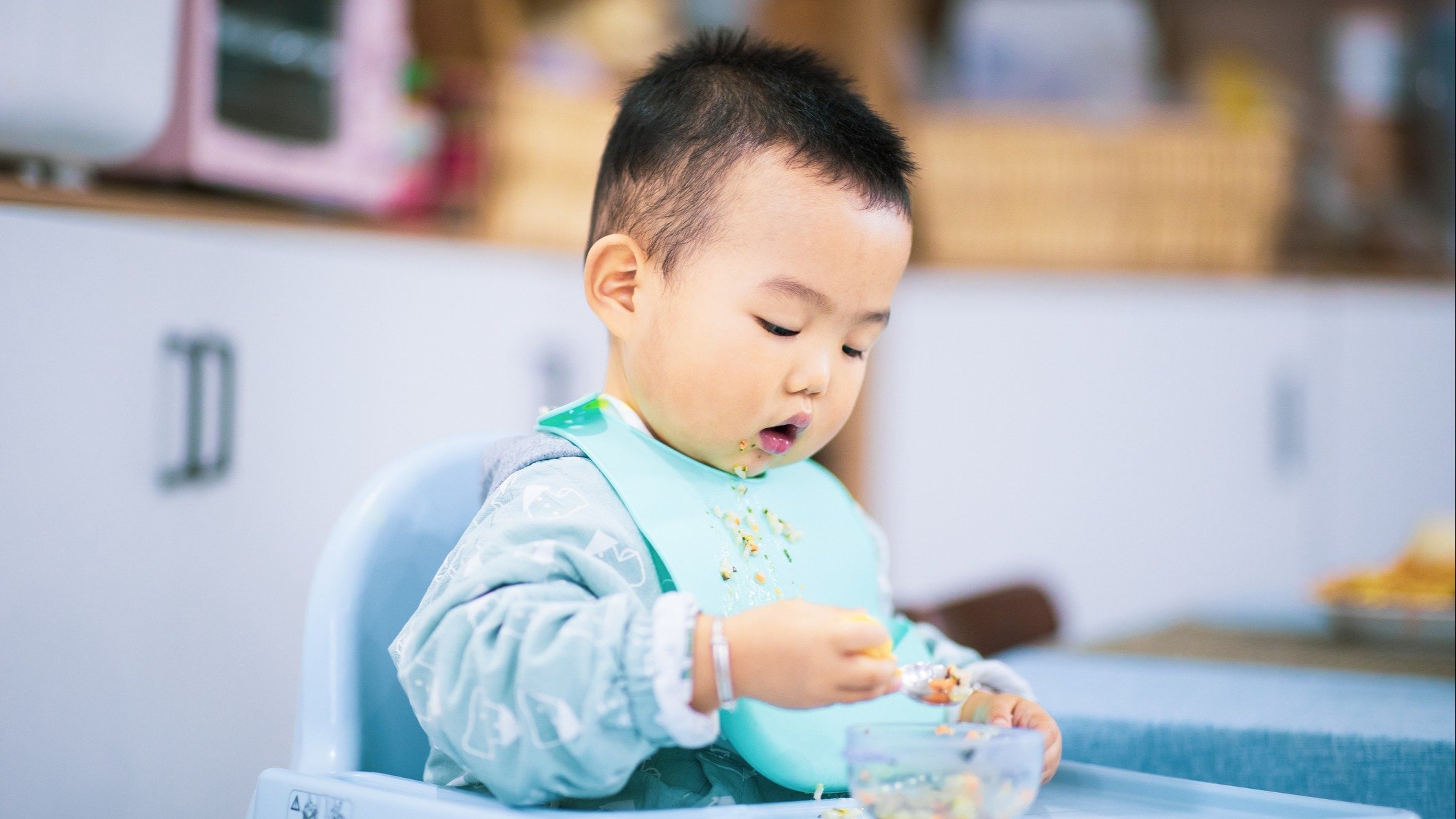
Fish and shellfish are considered two of the top nine allergens. So, of course, the idea of giving your baby seafood can be daunting. But the latest data shows that feeding babies as young as four months old allergenic foods – and feeding these foods frequently – can significantly reduce your child’s risk of developing an allergy.
In our Children & Food Allergies series, let’s break down everything parents need to know about shellfish and how to safely introduce this nutrient-dense food category to their children.
More from Mom.com: Can My Baby Eat Eggs and Milk?
The Benefits of Seafood in a Baby’s Diet
Seafood is a great source of important minerals and vitamins that are essential for health and overall development, including vitamins D and B12, omega-3 fatty acids, and zinc. These critical nutrients can promote a healthy immune system, be beneficial for brain development, and promote heart health.
Of course, some fish are better than others, especially for children. Parents will want to avoid seafood that is high in mercury, such as tilefish, swordfish, and grouper, as eating too much contaminated seafood can have a negative impact on a child’s developing nervous system.
The healthiest seafood choices for children include anchovies, Atlantic mackerel, catfish, clams, crab, crawfish, flounder, haddock, mullet, oysters, pollock, salmon, sardines, scallops, shad, shrimp, sole, squid, tilapia, and trout.
How Much Seafood Should I Feed My Child
As a registered dietitian dedicated to pediatric and family nutrition, I recommend feeding food allergens one at a time, once a day, for three days and closely monitoring reactions. Each day, increase the amount offered. This is what I call my “Taste, Bite, Normal Portion” strategy.
A typical schedule for introducing and monitoring allergens includes:
- Day 1: Offer a small amount of the allergen, then closely observe and monitor for reactions. Most reactions occur within minutes to 2 hours after exposure.
- Day 2: Offer a slightly larger amount of that same food and then monitor for reactions.
- Day 3: Increase the food offered to a “normal” serving size and monitor for reactions.
After three days of introduction, it is still possible for a reaction to occur, but the more consistently you offer the allergen, the more you can reduce the risk of an allergy.
How Do I Prepare Seafood for My Baby
For allergy introduction, I usually recommend salmon or branzino for fish, and shrimp for shellfish. Salmon or branzino can be pureed or fork mashed. Shrimp should be food processed into extremely tiny flakes as to not pose a choking hazard.
While there are no official guidelines on how much to offer each day, based on research studies and my client work, I recommend:
- Day 1: 1 teaspoon
- Day 2: 2 teaspoons
- Day 3: 1 tablespoon
While some children can outgrow allergies, typically a child with a fish or shellfish allergy will have it for the rest of their lives. The good news is that, unlike ingredients such as milk and egg, seafood isn’t typically hidden in foods, which makes it easier to avoid and less likely to accidentally ingest.
Before you introduce your child to seafood, it’s imperative you discuss this with your pediatrician, especially if there is a family history of food allergies.
It’s also important to know the signs of an allergic reaction. In babies, a seafood allergy can include gastrointestinal reactions, such as vomiting, diarrhea, and cramping; respiratory reactions like shortness of breath, difficulty breathing, and anaphylaxis; and skin conditions such as hives.




